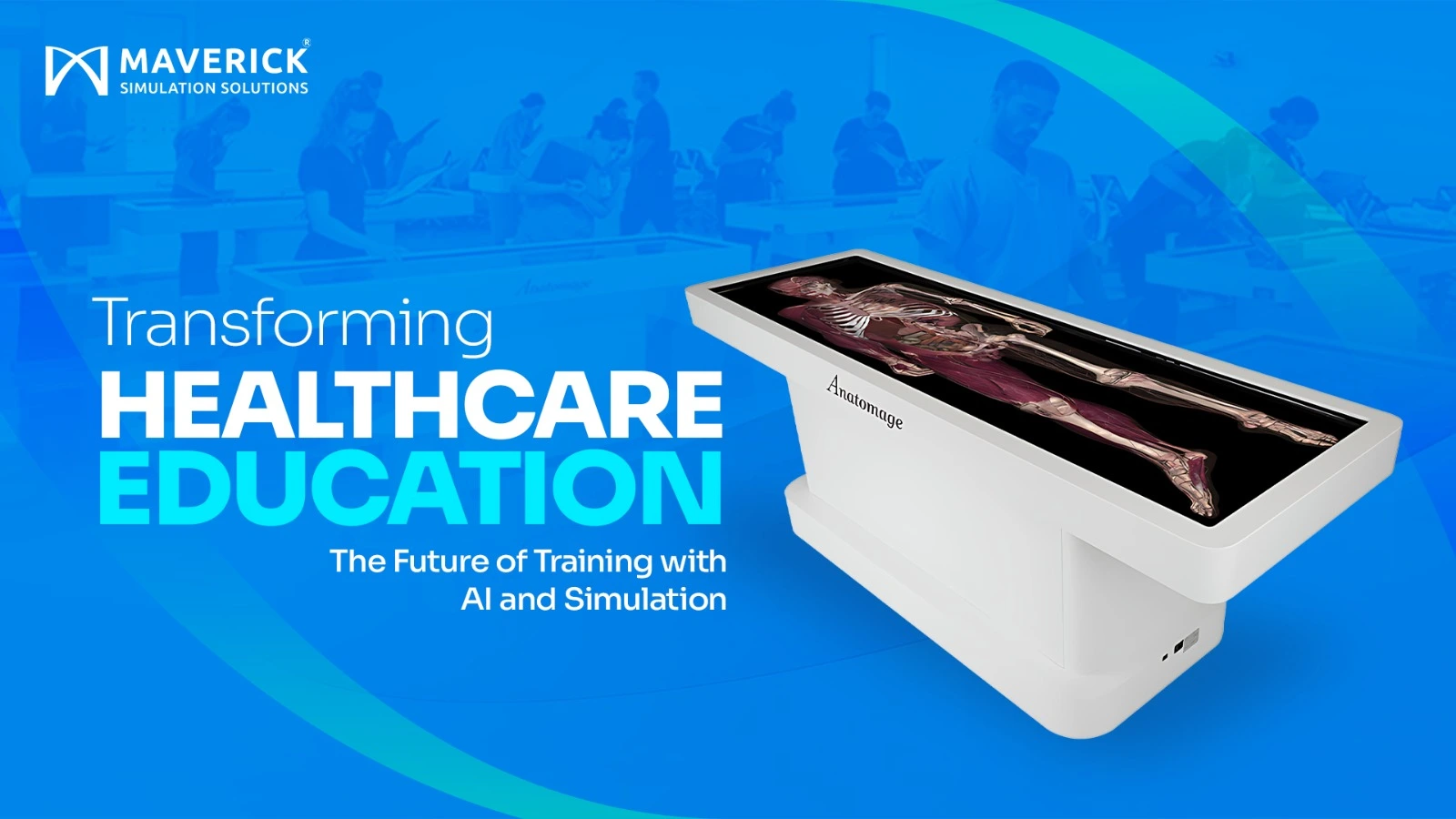Transformative Benefits of Medical Simulation Training for Modern Healthcare

Introduction: What is Medical Simulation Training?
Medical simulation training is revolutionizing healthcare by offering safe, hands-on learning environments where doctors, nurses, and medical students practice real-life procedures without risk to patients. This innovative approach combines high-fidelity simulators, virtual reality (VR), and task trainers to ensure healthcare professionals are better prepared for critical scenarios.
Why Medical Simulation Training Matters
1. Patient Safety First
Simulation allows learners to practice complex procedures in controlled settings, minimizing errors before they reach real patients.
2. Bridging Theory and Practice
Classroom knowledge is essential, but simulation ensures students can apply theory under realistic clinical conditions.
3. Repetition for Mastery
Learners can repeat procedures until they achieve proficiency—something rarely possible in real hospital environments.
Types of Medical Simulation Training
High-Fidelity Mannequins
These life-like mannequins simulate breathing, pulse, and even critical conditions like cardiac
arrest, providing immersive learning.
Virtual Reality (VR) & Augmented Reality (AR)
VR and AR platforms allow medical students to practice surgeries or emergency care with
360-degree immersive experiences.
Task Trainers
Specialized trainers for skills such as intubation, IV insertion, or suturing focus on technicalaccuracy.
Standardized Patients
Actors trained to simulate real patients help students improve communication, empathy,
and diagnostic reasoning.
Advantages of Medical Simulation Training
Improves Clinical Confidence
By practicing repeatedly in safe conditions, healthcare professionals gain confidence to handle real-world emergencies.
Team Collaboration & Communication
Simulation scenarios promote teamwork, mirroring actual hospital dynamics during critical events.
Reduces Medical Errors
According to Agency for Healthcare Research and Quality (AHRQ), simulation significantly reduces preventable errors.
Cost-Effective in the Long Run
Though initial setup can be expensive, reducing malpractice risks and improving outcomes makes it highly cost-effective.
Applications of Medical Simulation Training in Healthcare
- Emergency Medicine: Training for CPR, trauma, and cardiac arrest.
- Surgical Training: Surgeons practice laparoscopic and robotic procedures.
- Anesthesiology: Mastering airway management and drug administration.
- Obstetrics & Gynecology: Preparing for childbirth complications.
- Critical Care: Managing ventilators, sepsis, and life-threatening conditions.
Future of Medical Simulation Training
The integration of AI-driven simulators and virtual patients will personalize training for each learner’s strengths and weaknesses. Institutions like Harvard Medical School and Johns Hopkins Medicine are already adopting cutting-edge platforms to prepare future doctors. For organizations in India exploring advanced simulation solutions, Maverick Simulation Solutions provides world-class equipment and training. Learn more here .
Conclusion
Medical simulation training is more than a teaching tool—it’s a transformative approach ensuring healthcare professionals deliver safe, effective, and confident patient care. By embracing simulation, medical institutions can prepare their teams for the complexities of modern healthcare while significantly reducing risks.